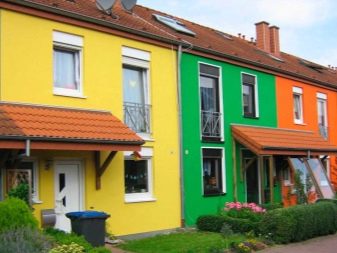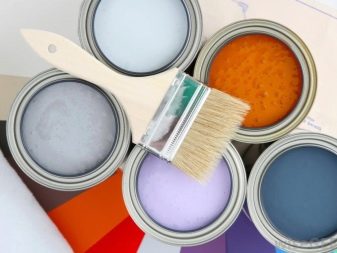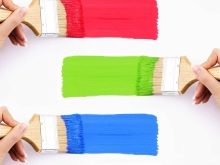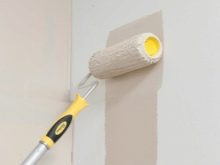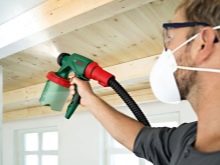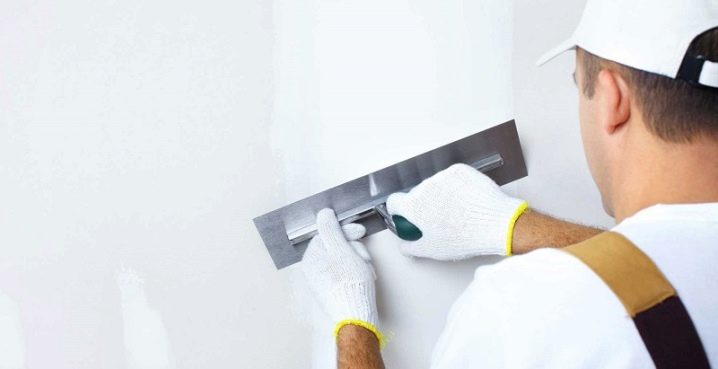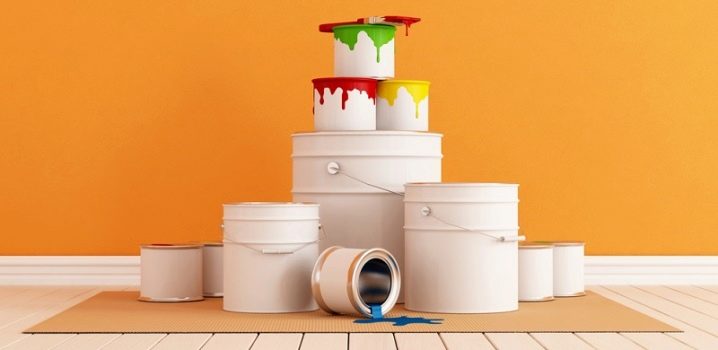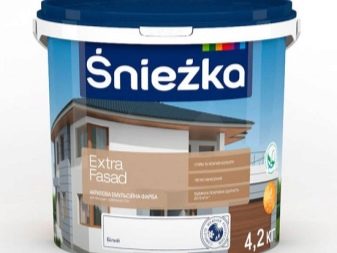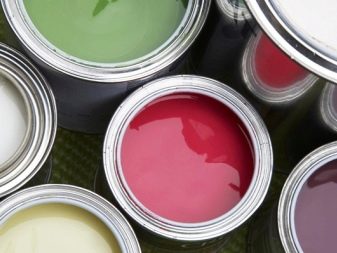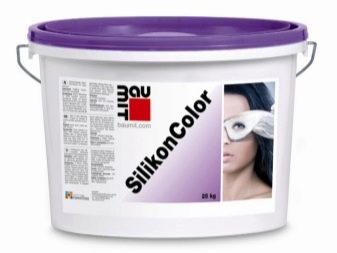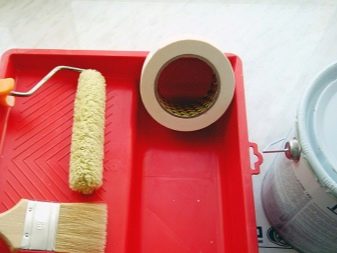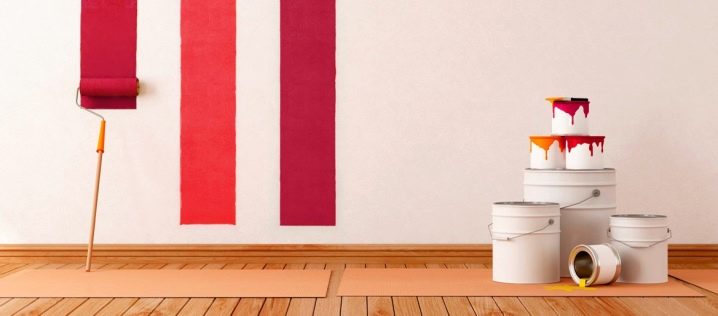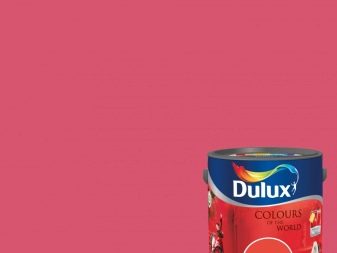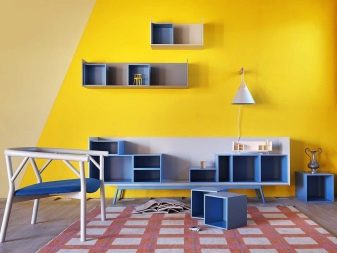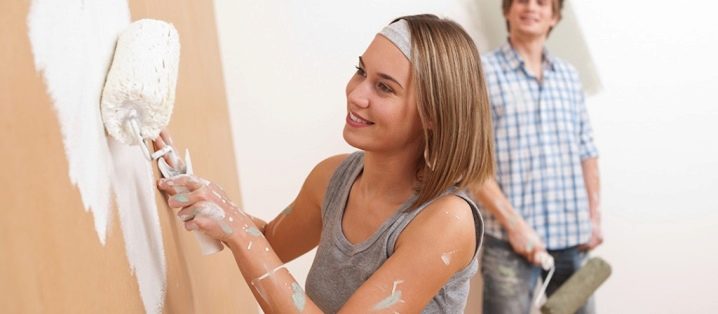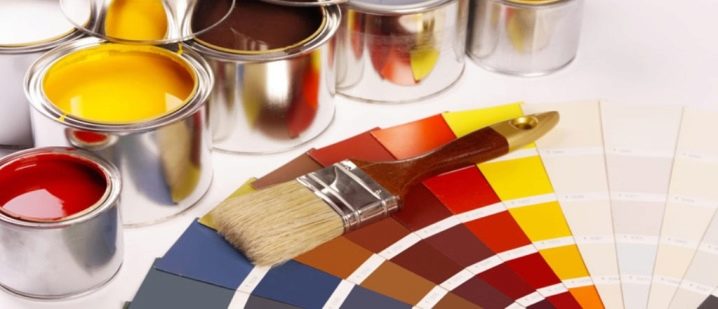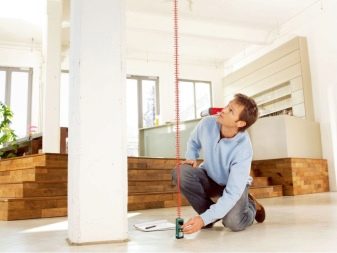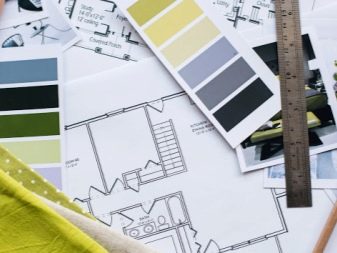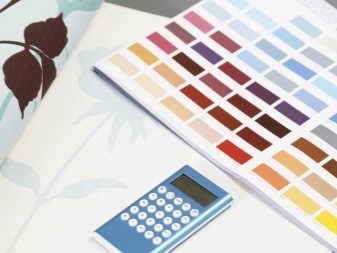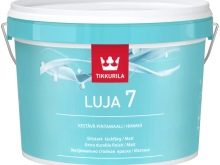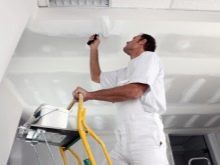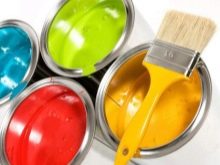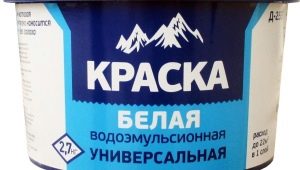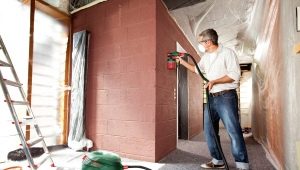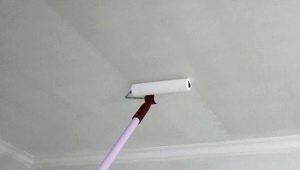How to calculate the consumption of water-based paint per 1 m2?
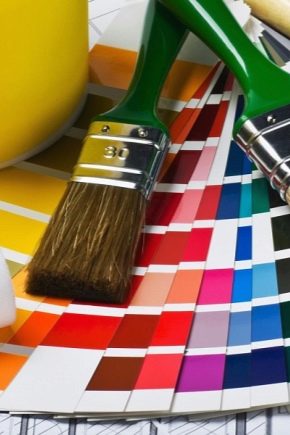
Water-based paints are very popular in the field of finishing work. Due to their universal properties, they can be used both indoors and for exterior decorating.
This type of coating is environmentally friendly, evenly falls on any surface, it is also quite easy to work with it, which makes it so in demand during construction and repair.
Factors affecting paint consumption
The surface on which the use of water-based paints is acceptable may be different - from concrete and brick to wallpaper for painting.Depending on which surface will be applied to the coating, the consumption of the material used varies. Should remember that paint consumption is calculated in kilograms, not in litersas it is easier for manufacturers to indicate the weight of the product than its volume. Construction estimates are also compiled in kilograms, so this method of measurement is generally accepted.
Before calculating the required material, you should pay attention to the factors affecting the change in paint consumption by 1 m²:
- Application method used in the process. The most expensive is the use of a paint brush. In addition to the increase in paint consumption, paint brushes quickly fail due to abrasion, which entails additional costs. The use of a roller will significantly reduce consumption and help a more even distribution. The coat of the roller is selected for a specific material of the painted surface for optimal results.
Spraying is considered the most economical and efficient way to distribute paint over the surface - it not only increases the speed of work, but also helps to reduce consumption.However, to work with a spray gun, you need a certain experience and skill in selecting pressure.
- The environment directly affects the work process. Parameters such as humidity and temperature can change the rate of drying, thereby making their adjustments to the dyeing process. High temperatures can accelerate the process of thickening, and low affects the ability of paint to adhere to the surface, which complicates its application. In turn, moisture also affects the ability of materials to absorb paint. The drier the air in the room where the work is done, the more paint will be absorbed by the painted surface, and this will increase its consumption.
- Competent approach to surface preparation for painting. In that case, if you plan to carry out staining on a rough surface, such as putty, it is necessary to pre-apply a primer in several layers. This will significantly reduce the absorption capacity of the surface and thereby reduce consumption. In the case of staining textured surface, for example, decorative plaster, you should considerthat the patterns increase paint consumption by an average of 20%.
Despite the various factors affecting the flow rate, dyeing is reduced when the second layer is painted. In some cases, it is reduced by half, but it already depends directly on the type of water-based paint that is applied.
Also on the flow affects the hiding power of various types of emulsion. Hiding power is the ability of a paint to even out the color of the original surface with a uniform distribution. This parameter directly depends on the additives that make up the mixture.
Types of emulsion paints
Water-based paints have several indisputable advantages: there is no unpleasant smell, during the process of application and operation no harmful and toxic components are released into the environment, the use of water emulsion does not require the use of special solvents and thinners.
The ability to dry quickly makes it easy to use and allows you to complete painting work in a short time. This is due to the fact that the solvent for emulsion paints is water. To obtain certain characteristics, various additives are also used to make the paint waterproof or to give it other useful properties.
Depending on the composition, water-based paints are divided into several types. The composition directly affects the consumption of 1 square. m
Consumption by type of emulsion can be viewed in the following table:
Type of water-based paint | Norm for the first layer, kg / m² | Norm for the second layer, kg / m² |
Silicate | 0,40 | 0,35 |
Latex | 0,60 | 0,40 |
Acrylic | 0,25 | 0,15 |
Silicone | 0,30 | 0,15 |
Polyvinyl acetate | 0,55 | 0,35 |
Acrylic paint
The most popular type of emulsion paint at the moment. The main component is acrylic resin, to which other components are added to give it the desired quality characteristics.
After application and complete drying, the coating acquires high resistance to mechanical damage. This coating is waterproof, so that this paint can be used not only for interior work, but also for painting building facades. This emulsion has a flow rate of up to 2.5 kg per 10 m².
Silicone emulsion
The silicone which is a part of this paint after drying forms a surface with high vapor permeability. This allows you to apply this paint on various types of surfaces, where there is a high risk of infection with mold or fungus.
This emulsion is perfect for interior work and will provide sanitary protection. The consumption for the first layer is 3 kg of emulsion per 10 m². The second layer will require half the amount of the mixture, that is, 1.5 kg for every 10 square meters, which is very profitable.
Silicate emulsion
The part of the liquid glass has a significant impact on the quality and characteristics of the finished coating. As a result, a surface is formed that is resistant to damage and exposure. Such coverage is very durable and can last for several decades. However, it is not moisture-resistant, because it can not be used in rooms with high humidity, which significantly narrows the range of its application.
This enamel has a higher consumption: for the first layer 4 kg per 10 m² will be needed, and for the second - 3.5 kg.
Latex emulsion
The coating obtained after surface treatment with this emulsion is capable of passing air. In the people such covering received the name "breathing". However, it is perfectly amenable to purification with water.
Latex water-based paint is included in the class of non-combustible materials, which increases the safety of its operation. Latex emulsion has the highest consumption among other water-based compositions.. For the first layer, you will need 6 kg per 10m², when reapplied to the same area, 4 kg of the mixture is applied.
Polyvinyl acetate emulsion
The composition includes PVA glue, which provides a relatively low price, but makes the paint unsuitable for use in high humidity conditions. For the first layer, 5.5 kg of this type of paint per 10 m² will be needed, and for the second layer - 3.5 kg.
Color palette
Most manufacturers produce water-based paint only white. For giving of a necessary shade the color scheme is added to it. This is certainly convenient because the color can be selected for each interior individually. It is for this opportunity for self-selection of color emulsion paint so loved designers.
The emulsion consumption will also depend on the color of the selected color.. Together with the calculation of the required amount of paint to cover a given surface in two layers, it is necessary to calculate the cost of color per 1 kg of paint.
Also pay attention to the saturation of the desired color and texture of the coated surface. On average, 300 ml of color are added to 1 kg of the emulsion, so the estimated color consumption will be 20% of the volume of paint.
Measurements of the room and calculation of the area of the painted surface
Before starting the calculation of the required amount of paint should make the appropriate measurements of the premises and calculate the area of the painted surface. For this, the area of each wall is considered separately. and then these numbers add up.
Calculations must be made in meters for ease of use of the cost tables submitted by manufacturers.
An example of calculating the area of the walls of the room
The rectangular room is 4 meters wide and 6 meters long, the ceiling height is standard, 2.5 meters. First you need to calculate the perimeter of the room: P = 4 m * 2 + 6 m * 2 = 20 m. Knowing the perimeter, you can easily calculate the wall area of the entire room. To do this, multiply the resulting value by the height of the ceiling, in our case - by 2.5 m: S = 20m * 2.5m = 50 m².
We exclude from this calculation surfaces that do not need painting. It is necessary to exclude window and door openings, the area of which is considered by multiplying their width by the height. Thus, we get a working surface, the area of which should be considered when calculating the paint consumption.
It should be remembered that experts always advise buying a little more paint, since the consumption on the spot is very different from the laboratory ideal.
Manufacturers and what depends on them
Each manufacturer of water-based paint is trying to improve its characteristics: to achieve a more stable result, improve adhesion and increase the covering ability of its goods.
Therefore, when choosing an emulsion, attention should be paid to the following:
- what properties will have the final coverage;
- whether this paint is suitable for the room where you want to use it;
- what is the covering ability of this emulsion, as well as how many layers are needed to obtain the desired color.
Taking into account all these parameters, as well as comparing the paint consumption tables of different manufacturers, you can make an informed decision. Sometimes a comparison of the characteristics of the costs of products from several manufacturers leads to the conclusion that more expensive paint is more profitable.
How to calculate the area of the walls, see the next video.
